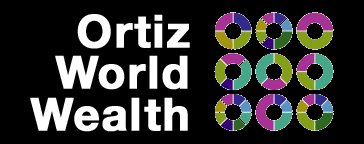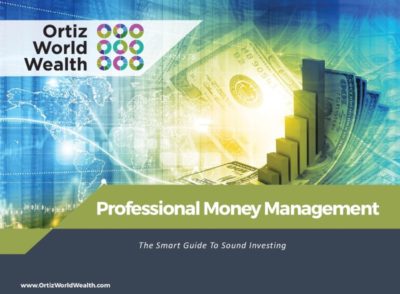16 Nov The Job Market
The results of the October employment report has had its effect on the U.S. market in more ways than one. The treasury rates and interest rates actually shot higher, the American dollar increased in value, and the price of bonds as well as commodities (i.e. gold) has dropped. Now what does this necessarily mean? This means that in response to the job market increase, the fed is trying to increase consumer spending expecting that there will be more people with money burning a hole in their pocket. With all of these factors coming together, consumers should be investing and spending which would definitely cause growth, especially during the holiday season where the job market will have its usual seasonal spike. Well they are absolutely correct, more people with jobs means more people with money, but how much money is the real question.
The flip side of the coin is that the jobs created in the market are not necessarily the most prestigious. 58% of October’s private sector jobs fell below the median wage. And nearly 60% of all job additions fell into the lowest third on the wage scale. To paint the picture a little better; food services, gas stations, and retail claimed over a quarter of all of October’s job additions. This means that the majority of our new jobs are not necessarily for the targeted investing group. These were the details that were mentioned earlier. Now even though the growth of the job market is undoubtedly a good thing for the economy, its effects may be misleading. Even though the fed is encouraging spending and investing right now, it may not be the wisest choice to board that ship just yet, until you know exactly which way the trade winds are blowing. To make a long story short, the U.S. economy is still on an upward trend, and does not show any signs of falling back. Although the only signs so far are good, it’s important not to be misled by the signs that the fed is sending, because as we all know, the fed has been wrong more than once.




No Comments